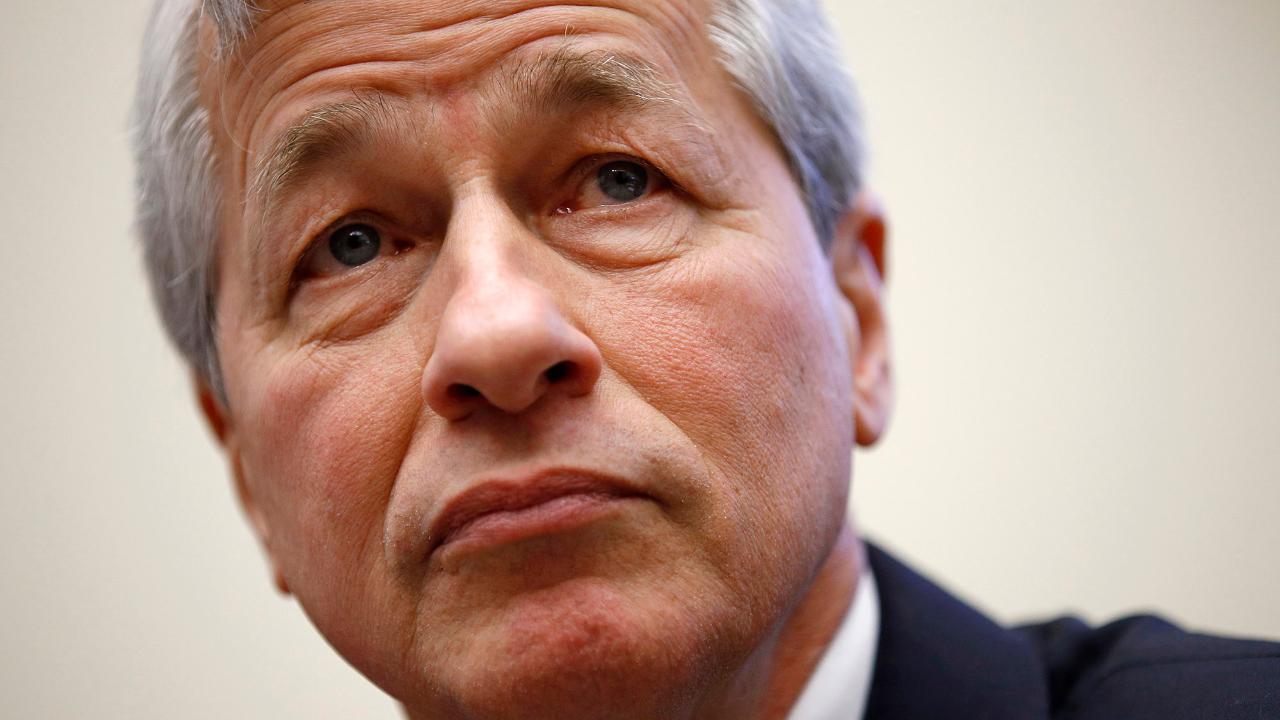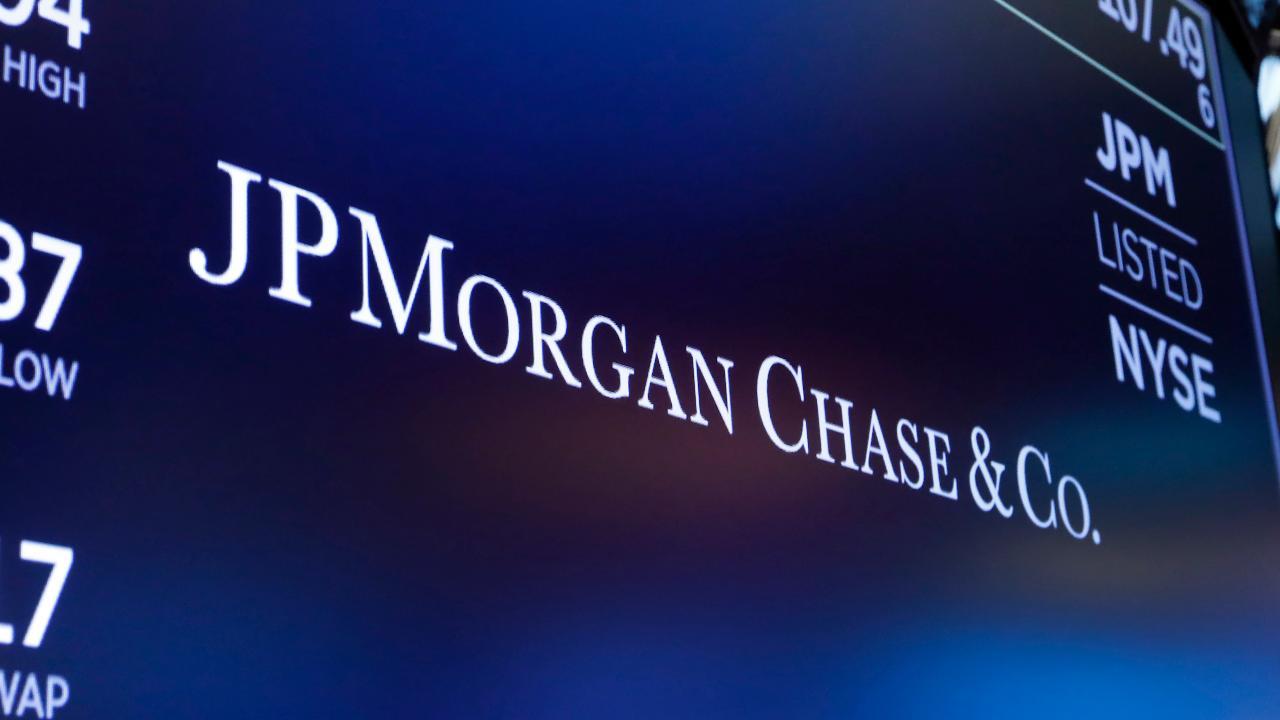How JPMorgan’s Jamie Dimon went from being fired to becoming a top leader in banking
Despite losing his position at Citigroup, Dimon went on to have great success at JPMorgan Chase
In 1998, Jamie Dimon was forced out of his job.
Dimon had been the president of Citigroup, the financial services corporation he had spent the previous 16 years building with his mentor Sanford “Sandy” Weill.
“I joined Sandy Weill out of business school at American Express, I don’t regret that,” Dimon said in 2014, according to Bloomberg. “I’ve had two companies. It’s kind of like, I put the jersey on, and that’s it.”
After he earned his MBA from Harvard Business School, Jamie Dimon went to American Express Co. in 1982 with his mentor Sanford "Sandy" Weil. (AP)
Dimon went to American Express in 1982. While there, he and Weil acquired several companies, eventually creating Citigroup, which was the largest financial-services firm in the world at the time, Bloomberg reported.
RECESSION THREAT FORCES JPMORGAN’S $6.8B INCREASE IN LOAN RESERVES
So when Weill -- then the chairman at Citigroup -- asked Dimon to resign from his position as president, Dimon was shocked, according to the 2003 book “Tearing Down the Walls” by Monica Langley.
At the time, Dimon reportedly told Weill: “You’ve obviously thought this through, and there’s nothing I can do,” Harvard Business Review reported in 2007.
Dimon was eventually pushed out of his position as president of Citigroup, but within two years he became the CEO of Bank One in Chicago. (AP)
Because the board had agreed with Weil and the company offered Dimon a “generous, nonrestrictive severance package,” he left without a fight, according to the Harvard Business Review.
CLICK HERE TO READ MORE ON FOX BUSINESS
The magazine reported that while he was out of a job, Dimon took up boxing and read biographies of leaders who had “truly suffered.”
Eventually, he decided it was time to get closure with Weil.
| Ticker | Security | Last | Change | Change % |
|---|---|---|---|---|
| JPM | JPMORGAN CHASE & CO. | 243.49 | -1.15 | -0.47% |
| C | CITIGROUP INC. | 68.45 | +0.28 | +0.41% |
About a year after he was forced out of Citigroup, he invited his mentor to lunch at the Four Seasons, the Harvard Business Review reported.
JPMORGAN CHASE TO RAISE MORTGAGE BORROWING STANDARDS AS CORONAVIRUS CLOUDS ECONOMIC OUTLOOK
“I had mellowed by then,” Dimon said in the 2004 book “We Got Fired!” “Sandy wasn’t going to call me.”
“I knew I was ready to say thank you for what he did for me,” Dimon added later. “I also knew he and I should talk about what happened. I wanted to get this event behind me so I could move on.”
Today, Dimon is regarded as one of the top banking leaders in the world. (Reuters)
“Part of me said I had spent 16 years with him,” he continued. “Twelve or 13 were pretty good. You can’t just look at one side and not the other. I made my own mistakes; I acknowledged I was partly to blame. Whether I was 40 percent or 60 percent to blame really didn’t matter. I felt very good about my meeting with him.”
JPMORGAN ROLLS OUT CORONAVIRUS RELIEF MEASURES FOR CUSTOMERS HURT BY PANDEMIC
It was six months later -- in March 2000 -- that Dimon became the CEO of the Chicago bank, Bank One.
That year, the bank posted a loss of $511 million, according to the Harvard Business Review. But three years later, the bank was earning a profit of $3.5 billion.
In 2004, Bank One merged with JPMorgan Chase and Dimon took the role of president.
He became the CEO of JPMorgan Chase in December 2005 and became the chairman of the board in December 2006.
GET FOX BUSINESS ON THE GO BY CLICKING HERE
Dimon is also well known for how he handled the financial crisis of 2008. He led JPMorgan to acquire Bear Stearns before it collapsed because it was “the right thing to do for the country,” he told David Novak for a 2018 article in CNBC.
JPMorgan also acquired Washington Mutual but continued to remain profitable, according to a 2009 report from The New York Times.
Today, Dimon is considered one of the top banking leaders in the world and JPMorgan Chase is the largest bank in the U.S., according to Forbes.
The Winning Formula tells the stories of business leaders who have overcome challenges — every Sunday on FOX Business.


